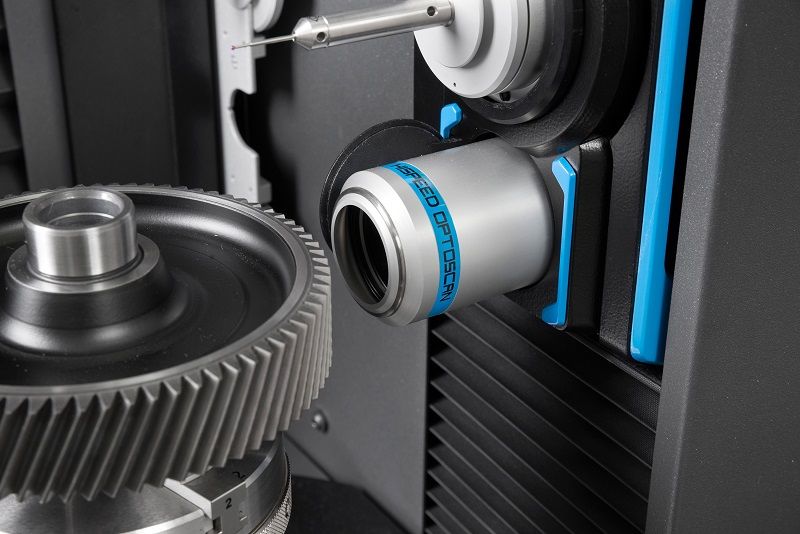Klingelnberg Offers Gear Production Technology at IMTS 2022
Klingelnberg will be featuring the latest gear production, calculation and measuring technologies during IMTS in Booth #236935. Here are a few highlights:
R 300 – The Gear Noise Finder
The Höfler Cylindrical Gear Roll Testing Machine R 300 is the latest machine development in the area of cylindrical gear technology. Due to the increasing quality requirements in large-scale transmission manufacturing, some transmission and vehicle manufacturers now require a certificate of quality for all gears installed in the powertrain. A further driver of ever-higher inspection levels is e-mobility, which places much higher demands on the noise behavior of a transmission due to the elimination of the combustion engine. To meet this challenge, Klingelnberg is building on roll testing technology, a familiar method from the bevel gear industry that is now moving into the world of cylindrical gears. Designed for all five roll testing methods, this compact machine is the ideal solution for anyone who wants to combine inspection cycles and reduce disassembly costs while benefiting from a user-friendly design. The many quality control requirements for gears can only be met with a flexible test machine.
Depending on the configuration, the R 300 provides the option of using all five roll testing methods. These include the single flank test, structure-borne noise and angular acceleration test, double-flank and helix roll test. Thus, the R 300 can be used at every point in the production process chain for cylindrical gears – from monitoring the soft cutting to checking the hardening distortions, to evaluating the noise behavior of the installation-ready gear.
In terms of axis traversing paths, the R 300 covers the same component spectrum as the tried-and-tested Höfler Generating Gear Grinding Machine Speed Viper. Wheel components can be tested up to an outside diameter of 300 mm. In conjunction with the optional counter support, shafts up to 800 mm long in extreme cases can be analyzed to determine their running performance and noise behavior. Yet the machine’s footprint is a compact 2 m2 – saving costs on expensive production floorspace.
Reducing Measurement Times in Serial Measurement with a Hybrid Solution

The HISPEED OPTOSCAN offers precise measurements from Klingelnberg.





